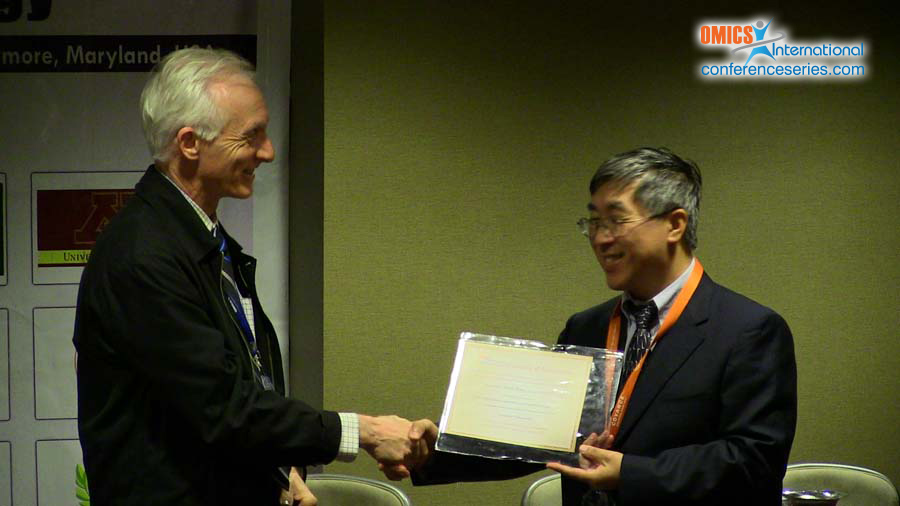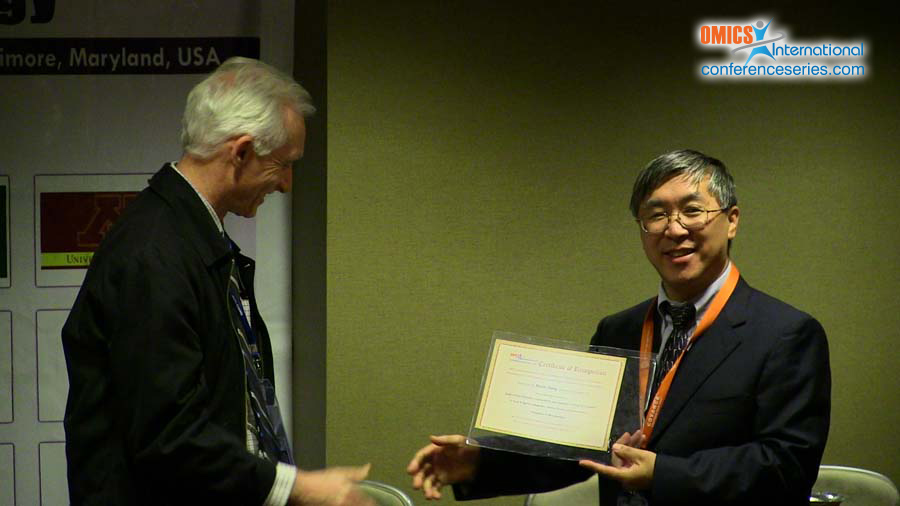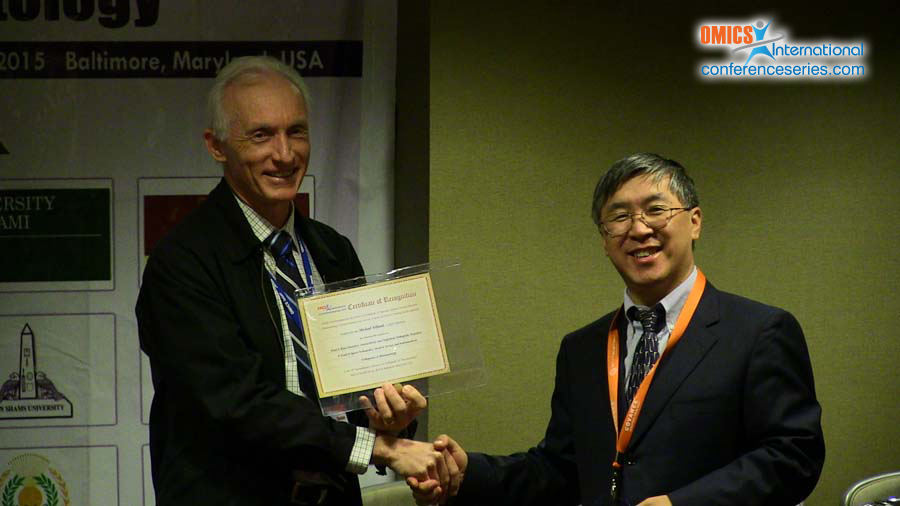
Ruixin Zhang
University of Maryland, USA
Title: Electroacupuncture and laser acupuncture alleviate knee osteoarthritis pain in rats
Biography
Biography: Ruixin Zhang
Abstract
Treatment of knee osteoarthritis (OA) pain remains serious challenges. Mechanisms of OA pain have been studied in rodent models. The aim of this study was to investigate effects and mechanisms of electroacupuncture and laser acupuncture on OA-caused pain in an OA rodent model produced by monosodium iodoacetate (MIA). MIA (3 mg/50 µl /rat) was injected into the knee joint cavity in male and female rats. Electroacupuncture, 10Hz, 2 mA, and 0.4 ms pulse width for 30 min, was applied bilaterally at the acupoint GB30 once a day on days 2-9 post-MIA injection. Laser acupuncture was conducted on acupoint Dubi (ST 35) for 5 min per treatment, once a day on days 1-7. Pain was measured with a battery of tests. Functional magnetic resonance imaging (fMRI) was used to study the effect of electroacupuncture on brain network connectivity during the resting state after electroacupuncture treatments. Electroacupuncture treatment increased body weight bearing in ipsilateral hind limb in male and female rats. It inhibited mechanically and thermally evoked pain, and improved rat motion distance and speed. Electroacupuncture -treated rats showed conditioned place preference to the electroacupuncture-paired chamber. fMRI data shows an increased anterior cingulate cortex (ACC)/motor/sensory (M1/S1) connectivity in MIA-injected rats but not in naive or electroacupuncture-treated rats. This suggests that MIA-induced pain affects connectivity between the nucleus accumbens and ACC/motor/sensory cortex and that electroacupuncture modulates OA-induced brain activity. The 200 mW laser treatment significantly improved body weight bearing in the ipsilateral hind limb. Electroacupuncture and laser acupuncture may alleviate knee OA pain.



